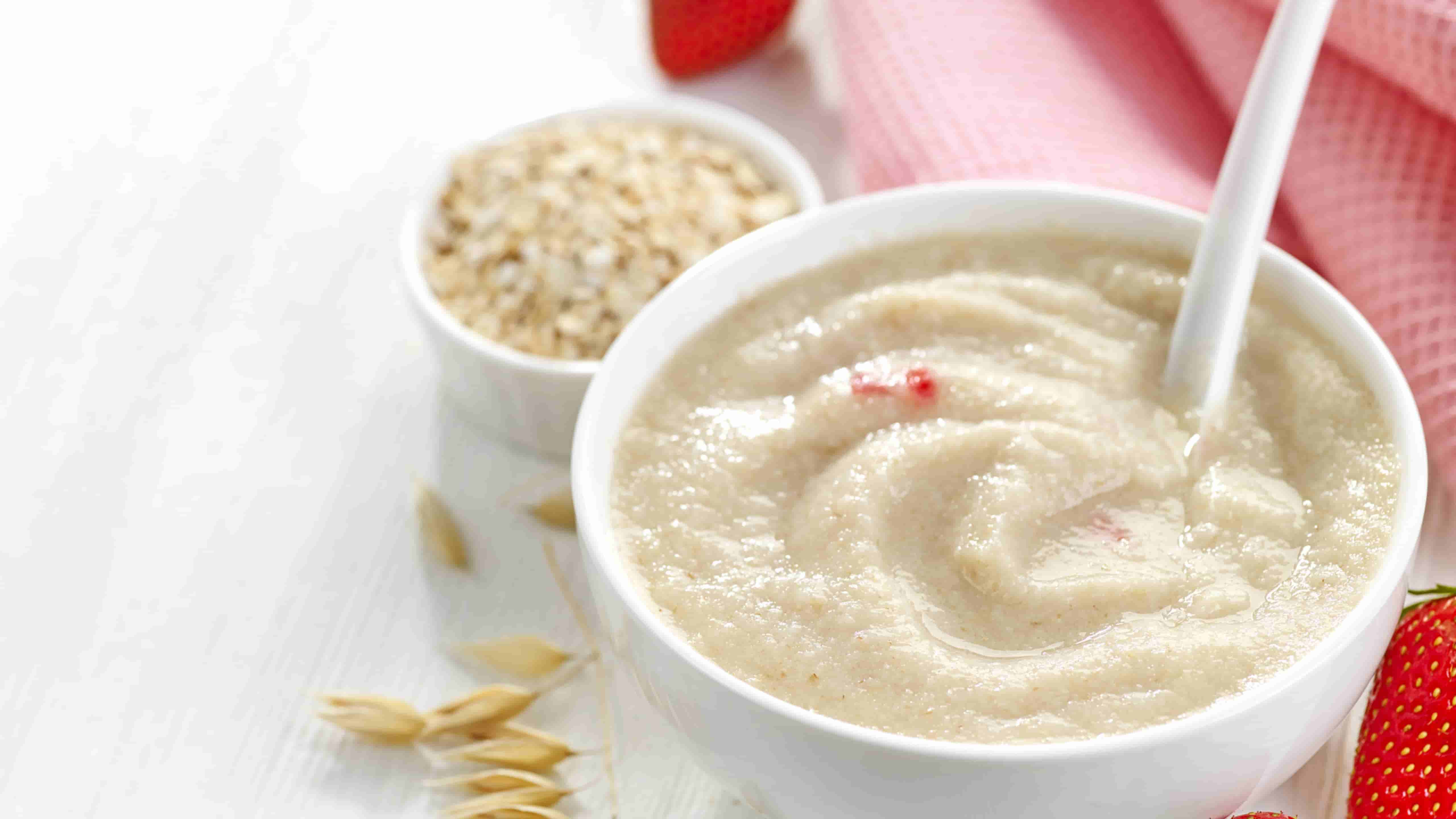

Furthermore, although rare, if an infant shows signs of jaundice—yellowing of skin or eyes—alongside orange stools this could suggest liver issues where bilirubin isn't being processed correctly. Parents must observe patterns rather than single incidents when it comes to evaluating stool colors; tracking frequency and accompanying symptoms provides better insight into whether pediatric advice is needed. As the baby begins feeding, the stools start transitioning through various shades and textures.
Consistency and behavior accompanying bowel movements provide insight into whether this is typical exploration or something needing medical advice. When a baby's stool appears orange, it can be puzzling and sometimes concerning for caregivers.
However, while diet is often the harmless culprit behind such colorful displays during toilet trips, it is important not to dismiss these changes outright without considering other possibilities. Similarly, sweet potatoes and pumpkins are other nutritious foods high in beta-carotene that can lead to this phenomenon. However, if there are accompanying symptoms such as vomiting, lethargy, or refusal to feed along with drastic changes in stool color or texture—such as extremely pale or chalky stools—it would be prudent to consult with a pediatrician immediately. The excretion of undigested carotenoids imparts a distinctive hue to an infant's stool.
To elucidate these possibilities further requires professional input; hence if you observe persistent changes in your baby’s stool color accompanied by other symptoms such as lethargy or vomiting, seeking pediatric advice becomes paramount. As breastfeeding or formula feeding commences, transitions manifest in fecal alterations which are meticulously documented on said charts. Allopathic substances such as antacids containing aluminum hydroxide can change stool coloration to orange.
The presence of orange feces typically indicates that bile pigments are not fully broken down. When gazing into a diaper, parents might encounter a palette of hues, each shade telling its own story about their little one's digestive journey. Nevertheless, I'll attempt to create an essay that incorporates the concept but maintains readability and coherence.---When navigating the journey of parenthood, monitoring your child's health becomes a daily adventure filled with surprises and concerns. In conclusion, observing orange tints during potty training may initially raise eyebrows but oftentimes can simply reflect recent eating habits or benign causes related directly to ingestion of particular substances. In conclusion, baby poop color is a vivid testament to the ongoing developmental processes within their digestive tracts—reflecting dietary intake variation along with maturing digestive efficiencies. However, when observing your baby’s diaper for signs of dehydration, you might notice stools that appear unusually pale or even whitish.
As infants' diets evolve over time so will their waste products' appearance—an ongoing testament to the wonders of human biology at work during infancy's formative period. The same applies if the infant has started on solid foods containing these pigments — albeit this is less likely at 2 months old as solids are usually introduced around 6 months. How Digestion Affects the Color of Baby PoopUnderstanding the myriad hues of baby poop can be bewildering, akin to deciphering an abstract palette. Moreover, if the newborn’s liver is momentarily underactive or if there exist minor inefficiencies in bile production—the consequence could be lighter stool colors including shades of orange. orange poop baby breastfedBreastfeeding offers a multitude of benefits for both the baby and the mother, providing essential nutrients, fortifying the immune system, and fostering a unique bond.
This chromatic progression is both expected and healthy, providing insightful clues into the infant's developing digestive system. Conversely, rapid gut transit times might result in greener poops due to less bile pigment alteration—a substance secreted into the intestine which aids fat digestion and normally morphs from green to brown during its intestinal passage. Orange-tinted stools might initially alarm caregivers but understanding the mechanisms at play can assuage concerns. In summary, while orange poop can seem concerning at first glance when observed in newborns' diapers, it usually reflects normal dietary influences or harmless physiological processes within their developing digestive systems. During the initial days postpartum, newborns pass meconium—a viscous, tar-like substance composed of materials ingested in utero.

In contrast, formula-fed infants often produce firmer stools that are tan or darker brown. The hue of a baby's stool can be influenced by several factors including their diet (or rather, their mother's diet), bile pigment levels, and gastrointestinal transit time. For example, beta-carotene—a well-known carotenoid found in carrots—can give feces an orange tint. Furthermore, more serious conditions like jaundice or issues with bile production can cause stools to appear unusually light or clay-colored – which could potentially be perceived as having an orangish tint under certain lighting conditions.
Infant stools undergo various transformations during the first year of life as their digestive system matures and their diet changes. The color, texture, and frequency can serve as critical indicators of a child's health and well-being. Persistent orange tints might suggest that there is a need for medical attention.
Nevertheless, persistent alterations away from expected patterns warrant professional advice to rule out any underlying health issues ensuring your toddler continues along his or her developmental path safely and soundly. Commonly found in fruits and vegetables, these compounds can significantly influence the color of infant stool due to their pigmentation properties. These pharmaceutical agents, designed to combat bacterial infections, can inadvertently alter gut flora.
It's natural to scrutinize what your infant has been eating that could explain this phenomenon. Efficient absorption of nutrients leaves little residue behind thereby yielding lighter-colored stools.

Typically, the inaugural stools, known as meconium, are an inky, verdant substance that gradually transmutes into yellowish tones once breastfeeding or formula feeding commences. Indeed, the color spectrum of a baby's excrement often serves as an important diagnostic tool, providing clues about the child's digestive well-being and overall physical condition. Should any concerns arise regarding your little one’s bowel movements or general well-being – particularly if you notice accompanying symptoms such as lethargy or dehydration – consulting with a pediatrician is advisable. Beta-carotene contributes not only to the color but also provides essential nutrients for the infant's development.
Frequency plays another pivotal role captured within these charts. In a 2-month-old, exclusively breastfed babies typically produce stools that are mustard yellow but may occasionally have an orange tint due to various factors. In conclusion, discovering orange tones within your bundle of joy's nappy should prompt careful observation but not immediate alarm.
Within days, a breastfed baby’s stool usually becomes mustard yellow or light brown with a loose consistency. However, it’s important not to ignore your instincts completely. Once newborns commence feeding, their digestive systems kickstart and meconium gives way to transitional stools—often greenish-brown as breast milk or formula replaces intrauterine detritus.
This would result in a nonsensical and incoherent text which wouldn't sound human-like at all. Understanding what is normal for baby poop is crucial. These crystals form when urine becomes concentrated and they indicate that your baby might not be ingesting enough fluids.
Consistency can vary from seedy to curdy or creamy due to the digestibility of breast milk. Breastfed infants often produce stools that are mustard yellow, loose, and grainy—signifying adequate digestion and absorption. However improbable it sounds, another agent influencing stool color could be medications or supplements administered either to the nursing mother or directly to the infant. The appearance of orange poop in a newborn may seem unusual, but it is typically not a cause for concern. If the orange stool is accompanied by other symptoms such as diarrhea, vomiting, fever or lethargy, consulting a pediatrician is prudent. When babies exclusively breastfeed, they ingest this compound, which can subsequently tint their stools orange.
Ensuring your little one remains well-hydrated involves frequent breastfeeding or bottle-feeding with appropriate amounts of formula according to pediatric recommendations. Orange poop, in particular, can spark curiosity and concern, but often it is an innocuous sign. Bile, a yellow-green fluid secreted by the liver, aids digestion by emulsifying fats in foods. These root vegetables are rich in beta-carotene, which not only imparts them with their vibrant color but can also tint a baby’s feces when they start eating solids or if it passes through breast milk from the mother's consumption. In babies especially, whose digestive systems are still maturing, antibiotics may instigate various gastrointestinal reactions including shifts in stool color.
The consistency and color of these stools can range from yellow to greenish hues due to bile which aids in digestion. It's essential for patients to review their medicinal intake and consult healthcare providers if they notice any unusual changes in waste hues. Consistent monitoring of an infant's stool color is advisable as part of assessing overall health but understanding that dietary carotenoids play a common role in altering this aspect provides reassurance regarding certain color changes. In conclusion, although disconcerting at first glance, orange poop in babies typically holds a mundane explanation rooted in their feeding habits or rapid digestion processes. Dietary factors frequently influence stool pigmentation; for instance, carotenoids present in certain vegetables and fruits can impart an orange glow to feces.
